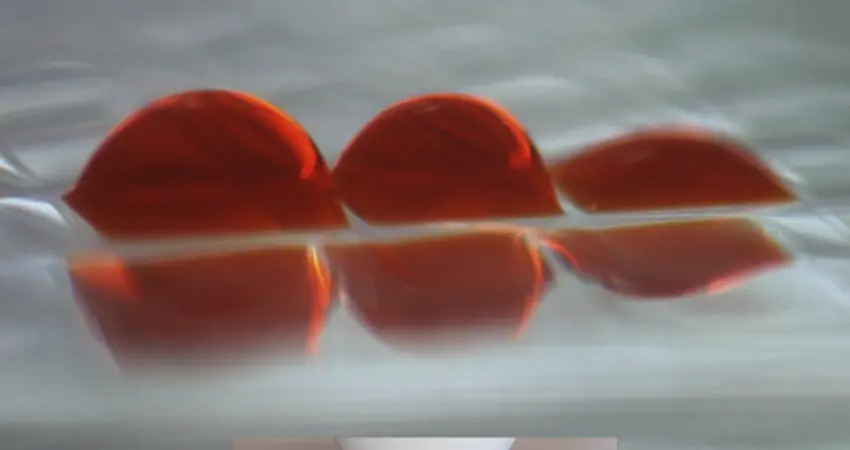06 Jun 2019
Raising fluid walls around living cells
Engineers have miniaturized the liquid handling involved in biomedical workflows by borrowing methods used so successfully to shrink integrated circuits in computer chips. However, few biologists exploit the resulting devices because they are so expensive, complex, and made with unfamiliar materials.

What materials would biologists like to use? The answer is: the culture media and Petri dishes they use every day.
Scientists at the University of Oxford – led by Professor Edmond Walsh from the Department's Oxford Thermofluids Institute and Professor Peter R Cook from The Dunn School of Pathology – have developed a general platform that enables biologists to do just this. They can now easily miniaturize cell-based assays like the ones involved in the development of stem-cell therapies and new bio-therapeutics.
The research is presented in a paper published yesterday (5 June 2019) in Science Advances, entitled Raising Fluid Walls Around Living Cells and available to read online.
In the everyday world, gravity is a major force and water is always contained within solid walls – otherwise it drains away. But in the micro-world, gravity is irrelevant, and interfacial forces dominate (think of water striders skimming over ponds, and rain drops sticking to windows). This new technology exploits such interfacial forces.
Microfluidic arrangements are created in a dish by simple reshaping of two immiscible fluids - fluids that are incapable of being blended together, like oil and water - which additionally are bio-inert, and freely permeable to the vital gases, oxygen and carbon dioxide. In this paper the method is demonstrated using workflows involving cell cloning, the selection of one clone from others in a dish, drug treatments, and wound healing.
Cristian Soitu and Cyril Deroy are the two Engineering Science DPhil students developing this technology, spending much of their time in the Department of Pathology. Cristian (supervised by Professor Walsh and Professor Alfonso Castrejón-Pita) said: "This multi-disciplinary research enables biologists to use their familiar materials and approaches in simple ways that saves them money, reduces waste, and speeds their research."
Cyril (supervised by Professor Walsh) added: "We hope biologists will now embrace this technology because everything about it is so familiar to them."
Both students are funded by iotaSciences Ltd, a company that was spun out from the University of Oxford to exploit this technology.




